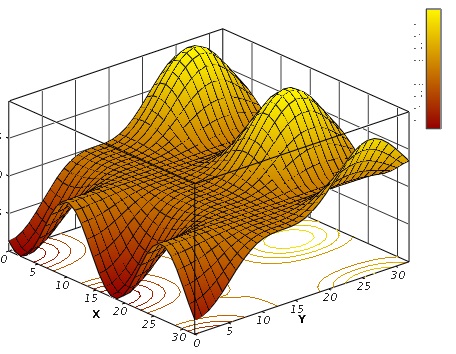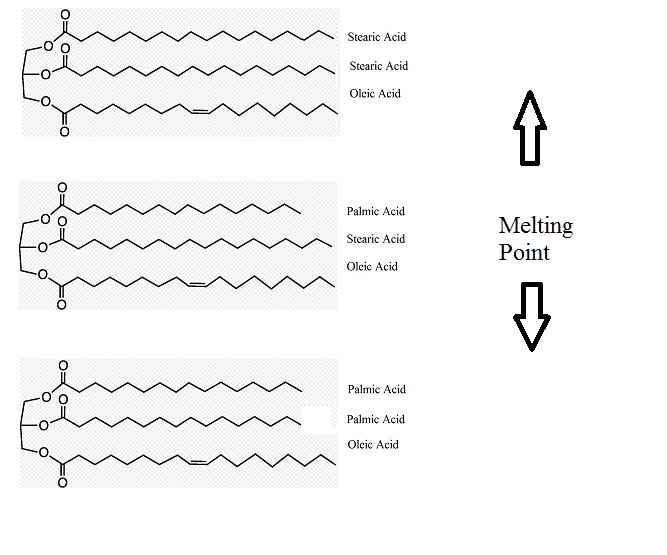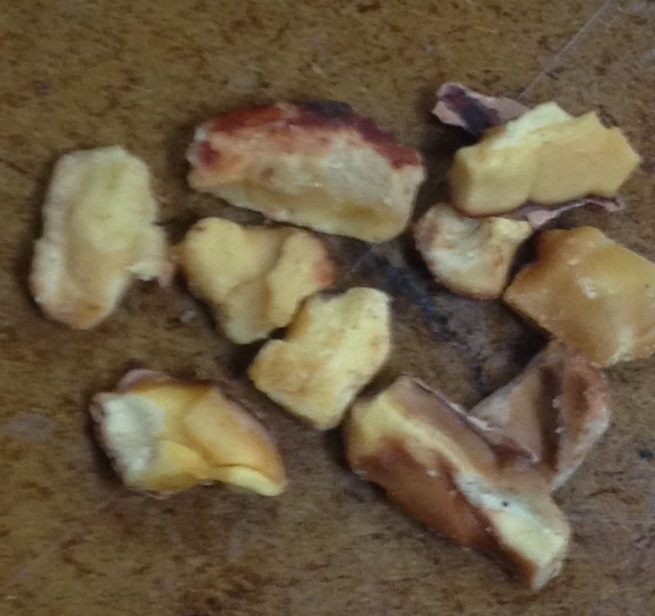I heard you are getting some porcelano in. How do I roast it? I know it should be very light because it is puree Criollo, but I’m lost after that. I don’t want to ruin it.
First the bomb. Yes, I have some Porcelano in that will be available next week. Next, if you roast it very light your chances of ruining it go WAY up.
Let’s talk about assumptions, pre-conceived notions, patterns, extrapolations and the fallacies of trying to use patterns we think we have found to make predictions. It’s human nature. I get that. But it’s a nasty trap to fall into. It is a variation of ‘correlation is not causation’. What that means is just because you see a pattern, “My knee hurts. The last time my knee hurt, it rained,. It must be about to rain” doesn’t mean that the two facts are related.
The variation I tend to see is slightly different than the knee pain one. It is usually associated with around general cocoa types, their availability, worth and how to handle them. It usually goes like this.
There are three types of cocoa (not really true, and part of the problem, but moving forward). Forastero, Trinatario and Criollo.
Forsatero is the most common accounting for around 85-90% of cocoa grown.
Trinatario is next about 10-15%
Criollo is the most rare in the lower single digits.
Next, there is a general trend we see in price. Forastero is the least expensive, Trinatario and Criollo are more expensive.
And similarly, painting with a broad brush, there is a general trend of cocoa quality is Forastero at the bottom, Trinatario next and Criollo at the top.
Finally, when you roast cocoa, there is a very generalized trend that emerges.
Criollo 235 - 270 F
Trinatario 250 - 285F
Forastero 260 - 310 F
And what we now have are three groups of data that appear to reinforce one another and that is a very powerful thing in the human mind. It makes us want to draw conclusions and predictions where they don’t exist. The ‘conclusion’?
“Forastero is the cheapest bean, of the lowest quality and roasts the hottest”.
Therefore, (trumpets sound),
“Criollo is the most expensive, best quality and must be roasted very cool”.
I cannot tell you how often I hear this. It is so ingrained. And so very wrong.
Forastero is the cheapest NOT because of its poor quality but because it is produced in the most quantity. Basic economics. Supply is high, so price is low (again a not quite true premise, but helpful in this case). Notice I never said Criollo is more expensive than Trinatario? I’m will to wager though that is what you thought I said. Your brain forced the pattern. I only said it was the rarest. The same goes for a lot of Forastero being ‘bad’. If only 25% is bad, then just by the nature of there being so much of it, the ‘bad Forastero’ out numbers all the other non-Forastero.
And there it is. The issue. Rarity and how it does not relate to quality (or roasting). Porcelano is the rarest of the rare. Therefore the logic goes, since it is the rarest it MUST be the best and MUST be roasted to coolest…..and it is totally wrong. It doesn’t work that way.
There is a range of roasting for Criollo of 235-270 F. It is because each bean is different. It is NOT because there is a pattern in the pattern. It does not mean that the more pure the Criollo is the cooler it much be roasted. It’s just an empirical observation from roasting Criollo over the years.
If you look again at the temperature ranges I gave up there you will see they all overlap in the 260-270 range. Roast any bean to 260 F and you have a better than not chance that the roast will be fine. Any more fine tuning than that and you are asking for trouble.
Back to the original question and the assumption:
I know it should be very light because it is pure Criollo.
By now you should see how wrong that assumption/conclusion is.
The only thing you can say is that it is rare. And that is just because it cross breeds easily, is a low producer and isn’t as hardy as many cacao trees. That’s all. Just because it is on one end of one parameter (availability, i.e. it’s rare), does not mean all its parameters are shoved over to one end of the graph.
I’m going to repeat this.
Porcelano is rare. End. Stop. That doesn’t mean it is the best, must be roasted the lightest, has the most antioxidants, will give you the best endorphin rush or anything else. It just means it is the rarest.
Ok, so the rant is over.
So how do you roast the rarest of the rare of cocoa beans? You certainly don’t want to roast it super light because it is super rare? Right? Right!
Might I suggest you treat it like any other bean. Hrm, I bet shooting for 260 F would be a GREAT place to start. Maybe take it a little more gentle because it is Criollo, but note, I said a LITTLE. Not “a lot” because it is Porcelano.
It is already starting out a little light on the chocolate flavor as it isn’t Forastero, so you want to encourage those flavor developments by giving it a good solid roast. Develop those flavors. But nice and easy.
At the end of the day, enjoy the chocolate for what it is. Don’t fall into the trap of thinking that because it is rare, and because it is sought after that it is because it is going to be the best chocolate ever. Those are all unrelated items. Maybe it will be, maybe it won’t be. You won’t know until you try it and decide for yourself. Because, after all, that is all that counts. Do YOU like it.
And that brings up the final point. It is very possible you WILL want to roast it light. That you like the bright snappy flavor, the low chocolate level and that too is perfectly ok. Just don’t think you have to.


















